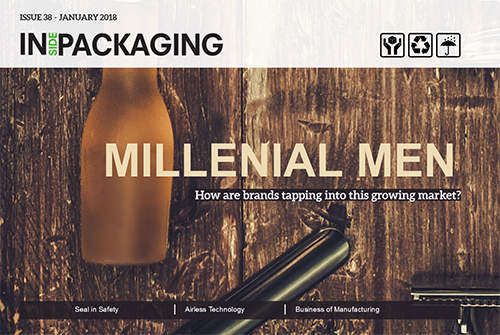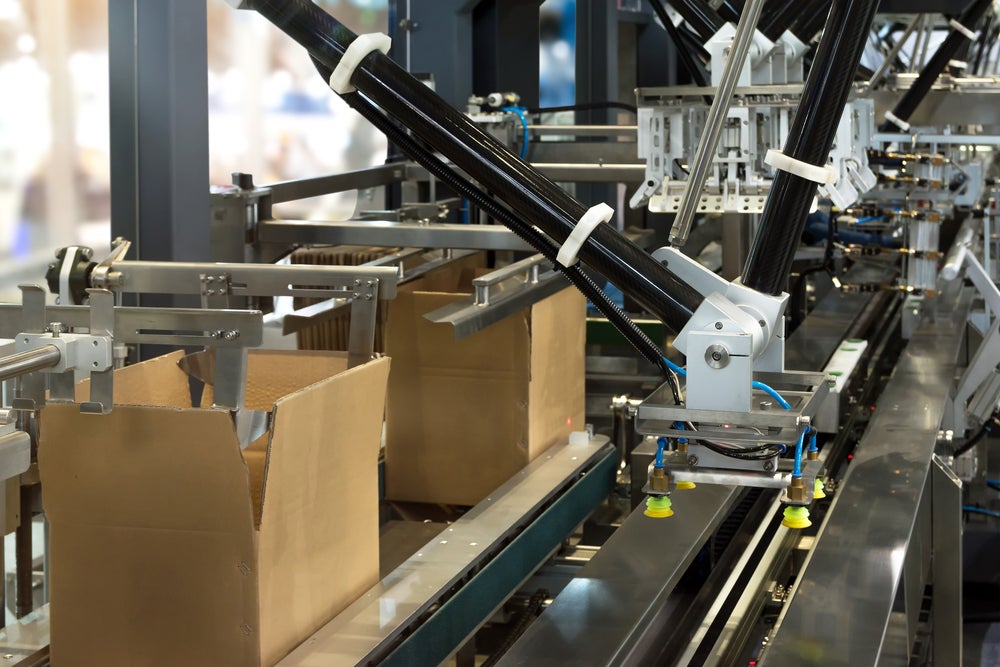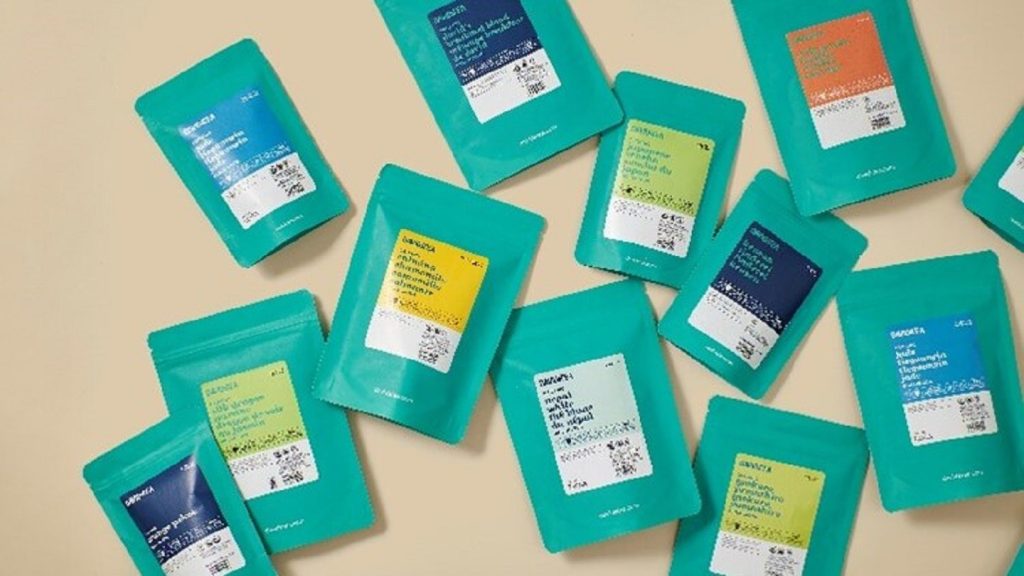
In this issue of Inside Packaging we look at fraudulent goods such as counterfeit cosmetics and fragrances, which not only result in significant economic loss to the industry, but also pose a considerable risk to consumer health. We find out what role packaging and authentication techniques can play in this sector.
We also find out how glass is being utilised in pharmaceuticals, learn more about on-shelf appeal and profile the next industrial revolution.
Finally, we ask why a large majority of e-commerce deliveries are over-packaged and discover how manufacturers are improving the supply chain.
Read the issue for free on your digital device, or if you’re on a desktop computer you can also read it in our web viewer.
In this issue
Looking good: aesthetic labelling and decorative techniques boost pack value
Cosmetic brands are adding value through visuals, such as various decorative finishes, special effects and printing capabilities. Sonia Sharma finds out more.
Read the article.
How well do you really know your competitors?
Access the most comprehensive Company Profiles on the market, powered by GlobalData. Save hours of research. Gain competitive edge.

Thank you!
Your download email will arrive shortly
Not ready to buy yet? Download a free sample
We are confident about the unique quality of our Company Profiles. However, we want you to make the most beneficial decision for your business, so we offer a free sample that you can download by submitting the below form
By GlobalDataSeal in safety: recalls push product security
It took a province-wide voluntary recall for one Canadian dairy to realise the importance of safety seals on its milk containers. While the risk has now been eliminated, an important lesson can be learned. John Brown, vice president, Global Marketing at Selig Group explains more.
Read the article.
Innovative design: airless technology in the cosmetic industry
The cosmetic world is a competitive market place. To keep product design innovative, airless technology has been utilised for items that are mainly produced in jars. Eloise McLennan finds out more about the technology and the benefits airless jars have over other traditional formats.
Read the article.
Millennial men: tapping into a growing market
Products such as beard oils and shaving balms are becoming commonplace within the personal care industry and the male grooming market is a sector that is rapidly growing with brands capitalising on the millennial man. Callum Tyndall finds out more.
Read the article.
Shelf life: reducing waste with antimicrobial packaging
A new material with antimicrobial properties has been launched by Uflex in an attempt to extend the shelf life of the food inside the pack, thus reducing potential food waste. Katie Woodward finds out more about the pack and other flexible solutions on the market.
Read the article.
How technology is enhancing the business of manufacturing
The packaging industry is full of competition, driven by the rise of e-commerce, changing consumer demands, ever-advancing production processes and a select few companies owning a significant proportion of the market. Paul Black, CEO at sales-i finds out more.
Read the article.
Next issue preview
In the next issue of Inside Packaging we look at the way brands add value through their packaging and what features make a brand worth paying more for.
We also look at different pack formats such as tubes, jars and compacts within the beauty industry, as well as discovering more about a new bottle that is made from ocean plastic and look at the way labels could be influencing consumer purchasing decisions.
Finally, we analyse the way the industry has capitalised on smaller sizes to adhere to strict aviation legislation and find out more about caps and closures for different market sectors.






